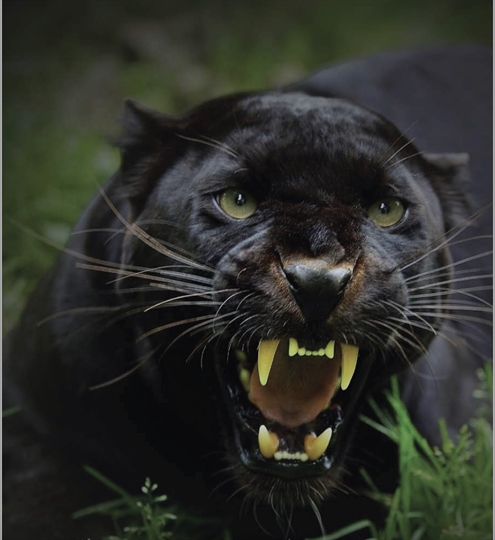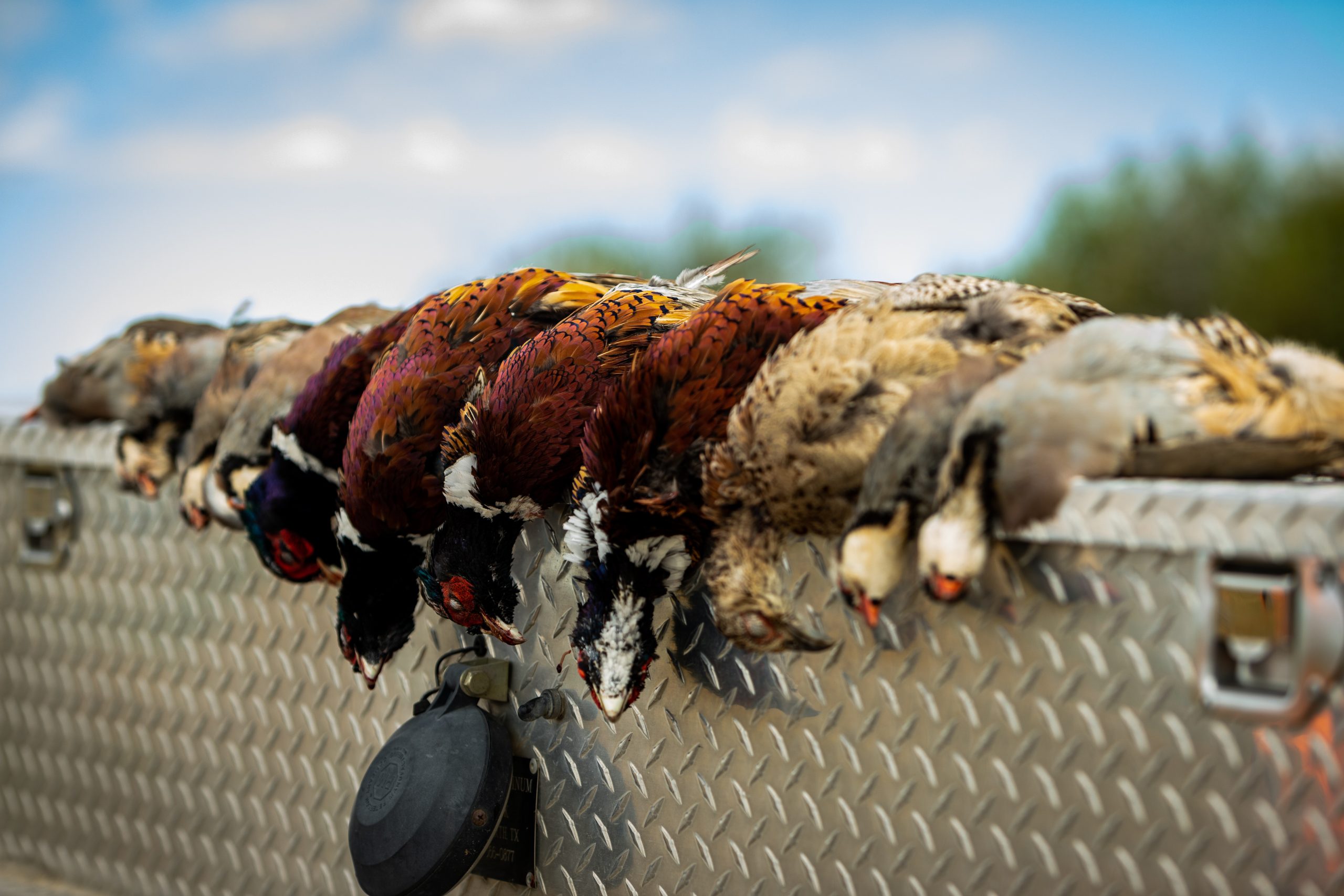Myths and legends
Mark Ripley separates fact from fiction and considers the evidence for and against the presence of big cats in the British countryside.

It weaved its way smoothly between the trees, its sleek, muscular black body moving nimbly through the cover. Every footfall was so soft, you wouldn’t have heard it even if it brushed past you. Occasionally, it froze, scanning the woodland, its piercing eyes taking in everything, the tip of its tail twitching as its heightened senses worked overtime. Then, as suddenly as it appeared, it vanished into the shadows like a ghost.
I had driven my wife to a small village in Sussex to collect some money from a customer for whom I had recently completed a job. After parking the car near a paddock surrounded by woods, I went to see the customer, who lived in a nearby detached house. My wife waited in the car, likely scrolling through Facebook or TikTok. I was probably gone for 10–15 minutes. During that time, she looked up towards the woods about 40 yards away and saw what she described as a large, black, cat-like animal moving smoothly along the edge of the trees. She’s not one to jump to conclusions, but she’s confident it wasn’t something she had ever seen before or since.
Are they really out there?
My shooting mate Gary swears that years ago, he and another shooting friend saw one in the beam of a lamp while out rabbiting. Both are adamant it was a big cat. With 500 to 600 sightings reported to the British Big Cat Society annually, along with some reports to the police, you have to ask: are big cats roaming the British countryside? I admit I’m sceptical, but I trust the judgement of people I know who claim to have seen them.
My interest in this topic spiked when I came across another reported sighting online from the same village I visited with my wife. Upon further investigation, I found that the sighting had occurred just on the opposite side of the same wood, less than a quarter of a mile away. The strange part was the five-year gap between the two sightings.
So, how plausible is it that such creatures could be living in the UK countryside? There’s an abundance of natural cover, a mild climate, and plenty of deer and other wildlife to sustain a predator. However, large predators like this would likely target livestock too, and that would quickly become apparent, as it did with the escaped lynx that was shot by a gamekeeper in 1991 while attacking sheep, or the puma captured in 1980 that had likely escaped or been released from captivity.
Of the reported sightings, around 80% are of large black cats, with the remaining 20% described as lynx or mountain lion-type creatures—both notoriously elusive. Yet, despite many eyewitness accounts, blurry photos, and shaky video footage, there’s no solid evidence. One has to be dubious. But even if you account for hoaxes or mistaken sightings of domestic cats, dogs, or melanistic deer, there are still an awful lot of reports. Can so many people be wrong?
A little research into “black cats” reveals they are simply melanistic leopards, a rarity. Yet, 80% of UK sightings describe these black cats. If we assume for a moment that there are a few big cats out there, where did they come from?
In 1976, it became illegal to own dangerous species without a license. Some believe that around this time, owners of big cats may have released them rather than apply for a license. However, with a wild lifespan of only around 30 years, by the early 2000s, these animals should have died out. Authorities suggest that for a breeding population to exist, around 300 individuals of each species would need to be present. Given the reports of black leopards, lynx, and mountain lions, that would mean nearly 1,000 large cats living in Britain.
Considering the rising number of trail cameras, dash cams, CCTV, night vision devices, and thermal scopes in use today, surely someone would have captured clear footage by now. With smartphones at the ready, it seems we can capture every natural phenomenon—so why not these cats?
Nevertheless, sightings keep rolling in, along with reports of paw prints, suspected kills, and even a DNA match to a big cat from a hair strand found near a kill site. However, from 100 kill sites investigated, only four showed tooth marks consistent with a medium to large cat.
In my opinion, many of these sightings (and several clips I’ve seen online) are of domestic black cats. Without something nearby for scale, it’s easy to misjudge their size. I remember one morning, out foxing on the edge of a lambing field, I spotted a jet-black creature by the fence. At first glance, it seemed huge, as tall as the sheep nearby. For a brief moment, the hairs on my neck stood up. Then, looking through the scope, I realised the “sheep” were actually lambs, and the black figure was just a black lamb I hadn’t noticed.
Another time, sitting in a high seat at night, I squeaked a pair of eyes in while using a red lamp. Through the scope, I continued to call it in from around 200 yards. As it came closer, I noticed the eyes were larger and farther apart than a fox’s, probably three feet off the ground. It was coming in fast. I felt vulnerable sitting atop the ten-foot ladder. As I quickly brightened the lamp, I saw it was a Great Dane. The dog lapped the field and bounded back over the stream at the far end before disappearing.
Had it been a big cat, I can assure you I would have emptied my magazine into it rather than risk a fight. But if you do ever spot one through your scope, unless it’s an immediate threat, you’d be better off hitting record than pulling the trigger. First, the footage could be worth a six-figure sum. Second, if you take a shot and botch it, you’ll be dealing with an enraged big cat using you as a scratching post. And you’d probably face legal trouble if you killed it.
If I were you, I wouldn’t seek out a big cat with a rifle. But if I did see one, I’d definitely try to get it on film—it might just pay off my mortgage.





